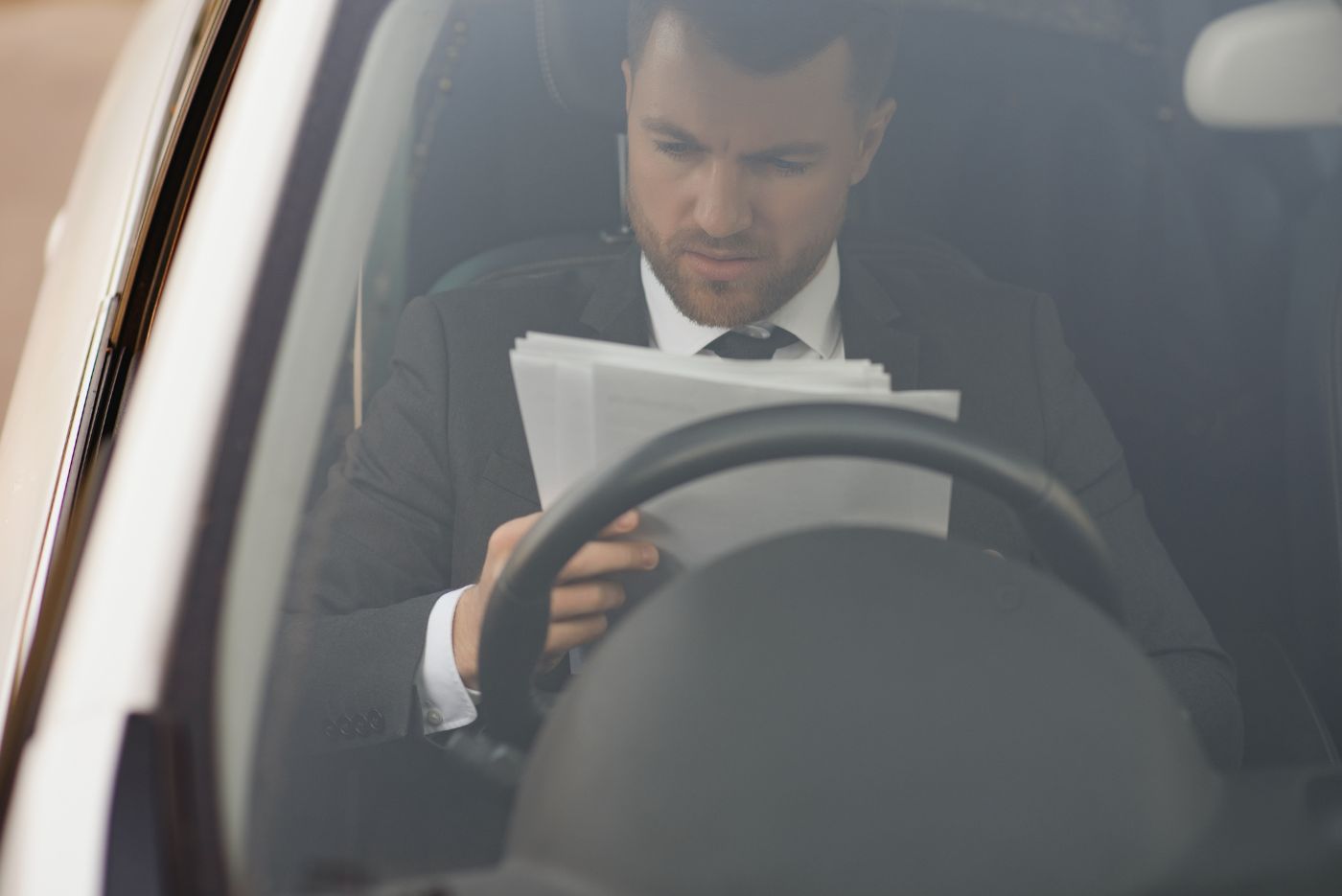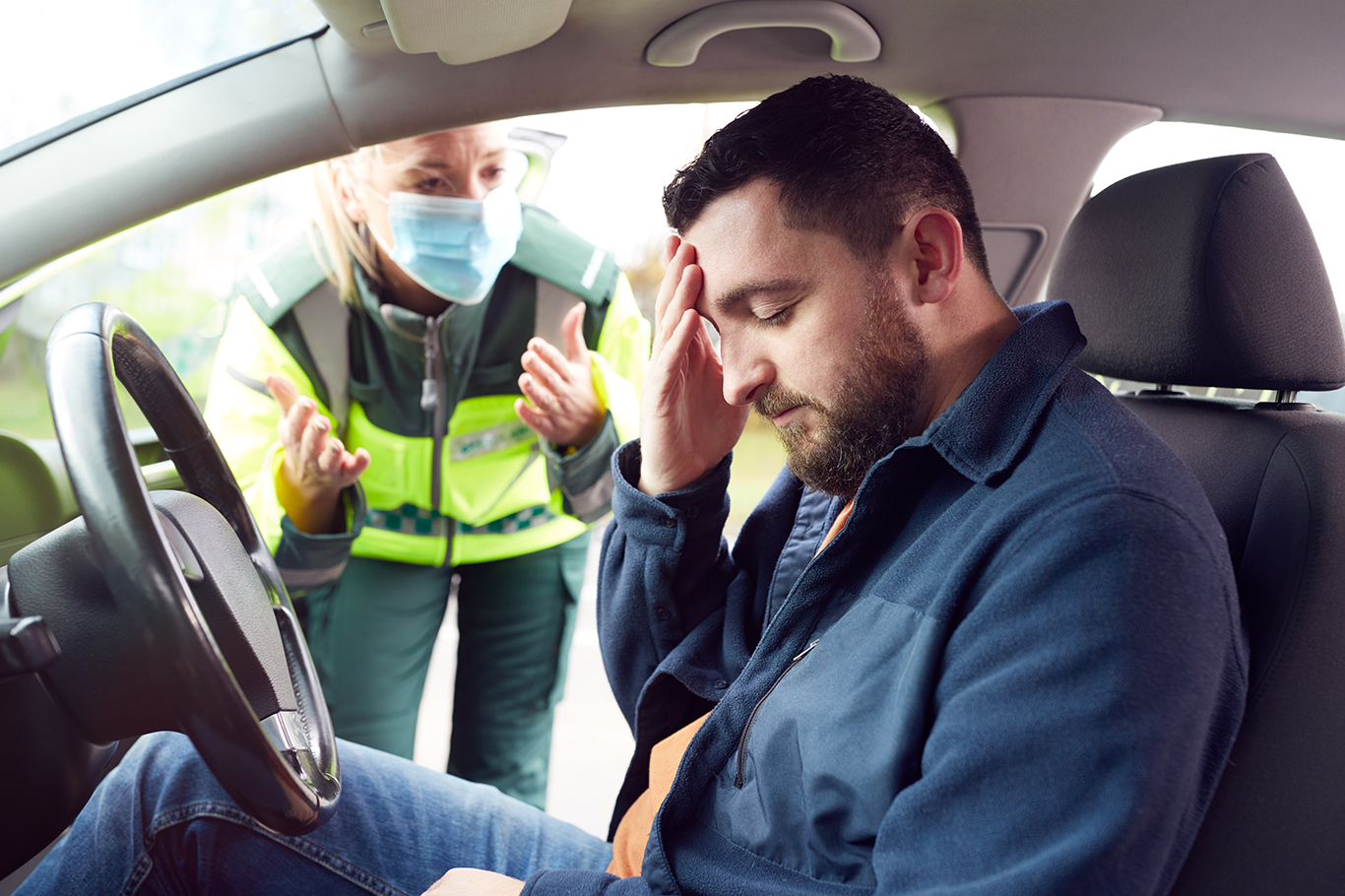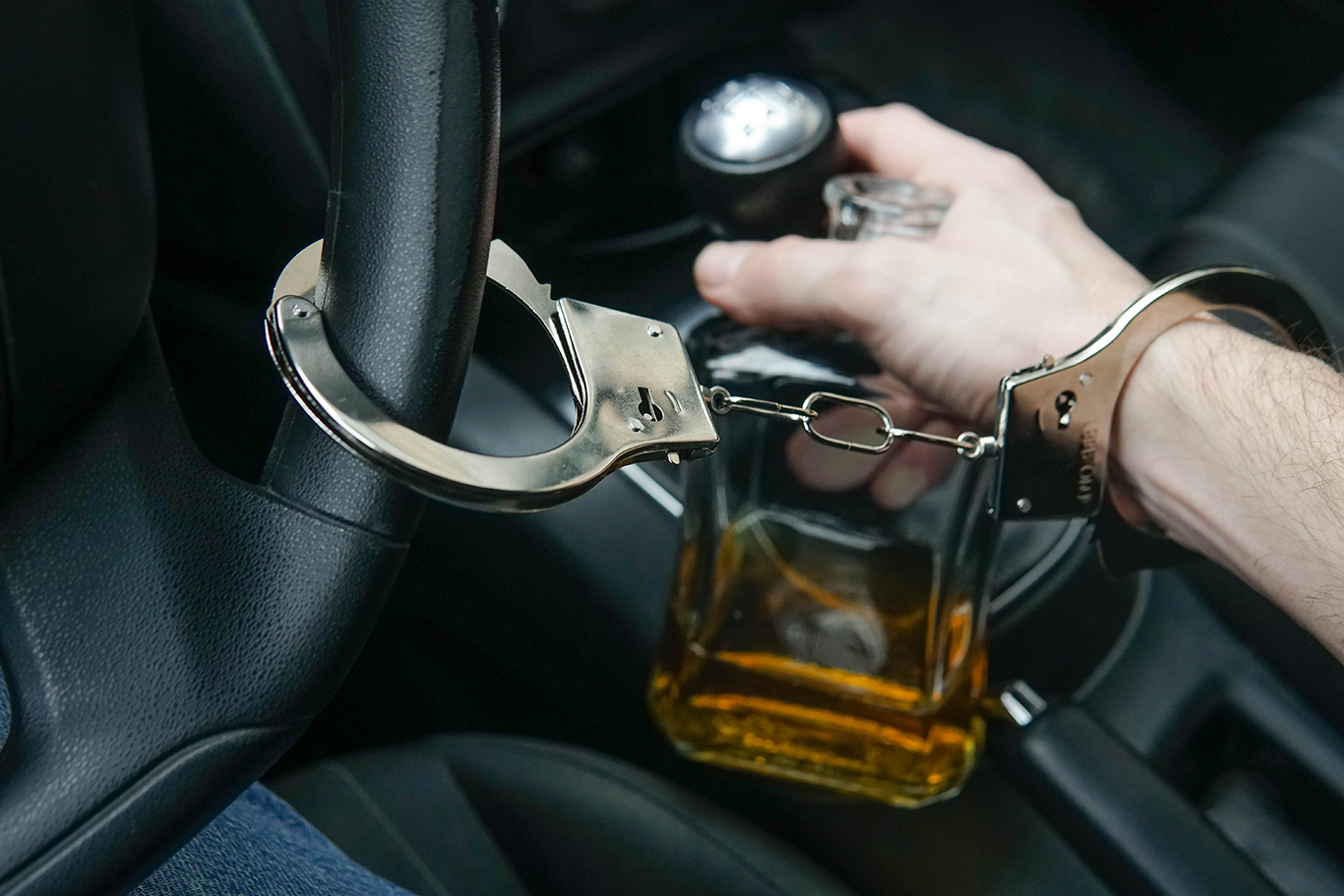What Is High-Risk Auto Insurance in Florida?
16 April 2025
See How We're Different
or call us: (727) 620-0620

high-risk auto insurance is a term that often raises eyebrows among drivers in Florida. It refers to a specific type of car insurance designed for individuals who are considered to be at a higher risk of filing claims. This designation can stem from various factors, including driving history, age, and even the type of vehicle being insured. Understanding high-risk auto insurance is crucial for Florida residents, especially given the state's unique driving conditions and insurance regulations.
Understanding High-Risk Auto Insurance
High-risk auto insurance is tailored for drivers who may have difficulty obtaining standard car insurance due to their driving records or other risk factors. This insurance type is often more expensive than standard policies, reflecting the higher likelihood of claims. In Florida, where the roads can be particularly congested and accident-prone, many drivers find themselves categorized as high-risk.
Who Qualifies as a High-Risk Driver?
Several factors can contribute to a driver being classified as high-risk. Common reasons include:
- Multiple Traffic Violations: Accumulating several speeding tickets, DUIs, or other violations can significantly impact a driver's risk assessment.
- Accidents: Having a history of accidents, especially those where the driver was at fault, can lead to a high-risk designation.
- Young or Inexperienced Drivers: Young drivers, particularly those under 25, are often seen as higher risk due to their lack of experience on the road.
- High-Performance Vehicles: Certain cars, especially sports cars, may be considered high-risk due to their potential for speed and the higher costs associated with repairs.
How High-Risk Auto Insurance Works
High-risk auto insurance operates similarly to standard car insurance, but with some key differences. Insurers assess the risk associated with a driver and set premiums accordingly. This means that high-risk drivers may have to pay significantly higher premiums to secure coverage.
In Florida, drivers categorized as high-risk may also face restrictions on their policies. For example, some insurers might require a higher deductible or limit the types of coverage available. It's essential for drivers to thoroughly understand their policy terms and conditions to ensure they are adequately protected.
Additionally, high-risk drivers may find that their options for insurance providers are limited. Not all insurance companies offer high-risk policies, and those that do may have varying criteria for what constitutes high risk. This can lead to a more challenging shopping experience, as drivers may need to compare multiple quotes to find the best coverage at a manageable price. Moreover, some insurers might offer programs aimed at helping high-risk drivers improve their records over time, such as safe driving courses or telematics programs that monitor driving habits and provide discounts for safe behavior.
It's also worth noting that the classification as a high-risk driver is not permanent. Many drivers can improve their standing by maintaining a clean driving record over time, completing defensive driving courses, or even switching to a safer vehicle. As their risk profile improves, they may become eligible for standard insurance rates again, which can lead to significant savings in the long run. Understanding the factors that contribute to high-risk status and actively working to mitigate those risks can be a proactive approach for drivers looking to lower their insurance costs.
Factors Influencing High-Risk Designation in Florida
Florida's unique driving environment contributes to the factors that influence high-risk designations. The state is known for its heavy traffic, diverse driving conditions, and a high number of uninsured motorists. These elements can complicate insurance assessments and lead to higher premiums for certain drivers.
Geographical Considerations
The location where a driver resides can significantly impact their risk level. Urban areas like Miami and Orlando tend to have higher accident rates compared to rural regions. Insurers often consider the local traffic conditions, accident statistics, and crime rates when determining a driver's risk level.
In Florida, areas with high tourist traffic may also see increased accident rates, further complicating the risk assessment for local drivers. The influx of tourists can lead to unfamiliar driving behaviors, as visitors may not be accustomed to the local road rules or traffic patterns. Additionally, seasonal events and festivals can exacerbate congestion, making it essential for drivers to remain vigilant. Understanding the geographical factors at play can help drivers anticipate potential insurance challenges.
Driving History and Behavior
A driver's history is one of the most critical factors in determining their risk level. Insurers will look at the following:
- Previous Claims: A history of frequent claims can indicate a higher risk, leading to increased premiums.
- Driving Record: Clean driving records are rewarded with lower rates, while those with violations may find themselves facing high-risk insurance costs.
- Usage Patterns: How often and how far a driver travels can also influence their risk. For example, drivers who commute long distances daily may be seen as higher risk due to increased exposure on the road.
Moreover, the behavior exhibited behind the wheel plays a pivotal role in risk assessment. Factors such as speeding, aggressive driving, and even distracted driving can lead to a higher likelihood of accidents, prompting insurers to classify these drivers as high-risk. Furthermore, participation in driver education programs or defensive driving courses can sometimes mitigate these risks, as insurers may offer discounts for drivers who demonstrate a commitment to safe driving practices. This proactive approach not only helps in lowering insurance costs but also contributes to safer roads for everyone.
The Cost of High-Risk Auto Insurance in Florida
One of the most pressing concerns for high-risk drivers is the cost of insurance. Premiums for high-risk auto insurance can vary widely based on several factors, including the driver's history, the type of vehicle, and the coverage options selected.
Average Premiums for High-Risk Drivers
In Florida, high-risk drivers can expect to pay significantly more for their insurance compared to standard drivers. On average, high-risk premiums can range from $1,500 to over $3,000 annually, depending on individual circumstances. Factors such as the driver's age, driving record, and the insurance company can all influence these rates.
It's important for drivers to shop around and compare quotes from different insurers to find the best coverage at a competitive price. Some companies specialize in high-risk insurance and may offer more favorable rates or terms. Additionally, Florida's unique driving environment, characterized by heavy traffic and diverse weather conditions, can also impact insurance costs. For instance, drivers in urban areas may face higher premiums due to increased accident rates compared to those in rural regions.
Ways to Lower High-Risk Insurance Costs
While high-risk insurance can be costly, there are several strategies drivers can employ to lower their premiums:
- Improve Driving Habits: Taking a defensive driving course can demonstrate a commitment to safe driving and may qualify for discounts.
- Increase Deductibles: Opting for a higher deductible can lower monthly premiums, though it’s essential to ensure that the deductible is affordable in the event of a claim.
- Bundle Policies: Many insurers offer discounts for bundling auto insurance with other types of coverage, such as homeowners or renters insurance.
Moreover, maintaining a clean driving record over time can lead to significant savings. Insurers often reward drivers who go several years without accidents or violations with lower rates. Additionally, some companies provide telematics programs that monitor driving behavior, allowing conscientious drivers to earn discounts based on their actual driving patterns. This technology can be particularly beneficial for high-risk drivers looking to demonstrate their commitment to safer driving practices.
Lastly, it’s crucial for high-risk drivers to stay informed about any changes in state laws or insurance regulations that may affect their premiums. Florida's insurance market can be dynamic, and understanding the nuances of coverage requirements and available discounts can empower drivers to make informed decisions about their policies. Engaging with an insurance agent who specializes in high-risk cases can also provide personalized insights and strategies tailored to individual needs.
Finding the Right High-Risk Auto Insurance Provider
Choosing the right insurance provider is crucial for high-risk drivers. Not all insurers are created equal, and some may be more accommodating to high-risk individuals than others. Here are some tips for finding the right provider:
Researching Insurance Companies
Start by researching companies that specialize in high-risk auto insurance. Look for reviews and ratings from other high-risk drivers to gauge customer satisfaction and claims handling. Websites that aggregate insurance reviews can provide valuable insights into which companies have a reputation for fair treatment of high-risk clients. Additionally, consider checking with state insurance departments for any complaints or disciplinary actions against specific insurers, as this can give you a clearer picture of their reliability.
Furthermore, it's beneficial to explore the financial stability of the insurance companies you are considering. Ratings from agencies like A.M. Best or Standard & Poor's can help you assess whether an insurer is financially sound enough to pay out claims when needed. This is particularly important for high-risk drivers, who may need to rely on their insurance more frequently than others.
Additionally, consider reaching out to insurance agents who have experience working with high-risk drivers. They can provide personalized recommendations based on individual circumstances and needs. Agents often have insights into which companies may offer discounts or special programs for high-risk drivers, helping you to save money while still obtaining the necessary coverage.
Understanding Policy Terms
When comparing policies, it’s essential to read the fine print. Understanding the terms and conditions of each policy can help avoid surprises later on. Pay close attention to:
- Coverage Limits: Ensure that the policy provides adequate coverage for liability, collision, and comprehensive needs.
- Exclusions: Be aware of what is not covered under the policy, as this can vary significantly between insurers.
- Payment Plans: Some insurers offer flexible payment options, which can be beneficial for managing costs.
Moreover, it’s wise to inquire about any additional benefits that may come with the policy. Some insurers offer perks such as roadside assistance, rental car reimbursement, or accident forgiveness programs that could be particularly valuable for high-risk drivers. Understanding these extras can help you make a more informed decision and choose a policy that not only meets your basic needs but also provides added peace of mind in case of unforeseen circumstances.
Lastly, don’t hesitate to ask questions. Whether it’s about the claims process, how to handle potential rate increases, or what to do if you have an accident, getting clarity on these issues can help you feel more secure in your choice of provider. Engaging with customer service representatives can also give you a sense of how responsive and helpful the insurer will be in times of need, which is an essential factor for any driver, especially those classified as high-risk.
Legal Requirements for Auto Insurance in Florida
Florida has specific legal requirements for auto insurance that all drivers must adhere to, regardless of their risk status. Understanding these requirements is crucial for compliance and avoiding penalties. The state's unique no-fault insurance laws mean that drivers must be proactive in ensuring they meet these obligations to safeguard themselves and others on the road.
Minimum Coverage Requirements
In Florida, all drivers are required to carry a minimum amount of insurance, which includes:
- Personal Injury Protection (PIP): A minimum of $10,000 in PIP coverage is required to cover medical expenses resulting from an accident, regardless of fault.
- Property Damage Liability (PDL): Drivers must also have at least $10,000 in PDL coverage to pay for damages to other vehicles or property in the event of an accident.
While these are the minimum requirements, high-risk drivers may need to consider additional coverage options to protect themselves adequately. Options such as bodily injury liability, which covers medical expenses for injuries sustained by others in an accident you cause, and comprehensive coverage, which protects against non-collision-related incidents like theft or natural disasters, can provide a more robust safety net. Understanding the nuances of these additional coverages can help drivers make informed decisions tailored to their specific needs.
Consequences of Driving Without Insurance
Driving without insurance in Florida can lead to severe consequences. Penalties may include fines, license suspension, and even vehicle impoundment. Additionally, if a driver is involved in an accident without insurance, they may be held personally liable for damages, which can result in significant financial repercussions. The state has strict enforcement measures, and being caught driving without insurance can also lead to increased premiums when seeking coverage in the future.
For high-risk drivers, maintaining insurance coverage is not only a legal requirement but also a critical step in protecting their financial future. Moreover, the implications of being uninsured extend beyond legal penalties; they can affect a driver’s credit score and ability to secure loans or other forms of insurance. Therefore, understanding the full scope of insurance requirements and the potential fallout from non-compliance is essential for all Florida drivers. It is advisable for drivers to regularly review their insurance policies and consult with insurance professionals to ensure they are adequately covered and compliant with state laws.
Alternative Options for High-Risk Drivers
For some high-risk drivers, traditional insurance options may not be feasible. However, there are alternative solutions available that can provide necessary coverage.
State-Sponsored Programs
Florida offers a state-sponsored program known as the Florida Automobile Joint Underwriting Association (FAJUA). This program is designed to provide coverage for high-risk drivers who are unable to obtain insurance through standard channels. The FAJUA acts as a safety net, ensuring that all drivers have access to the necessary coverage.
While coverage through the FAJUA may come with higher premiums, it can be a viable option for those struggling to find affordable insurance elsewhere.
Non-Standard Insurance Providers
Non-standard insurance providers specialize in offering coverage to high-risk drivers. These companies may have more flexible underwriting criteria and can provide tailored solutions for individuals with challenging driving histories. While premiums may still be higher than standard insurance, non-standard providers can often offer more competitive rates than traditional insurers.
Conclusion
High-risk auto insurance in Florida is a necessary consideration for many drivers facing unique challenges on the road. Understanding the factors that contribute to high-risk designations, the costs involved, and the legal requirements can empower drivers to make informed decisions about their insurance needs. By exploring various options and taking proactive steps to improve driving habits, high-risk drivers can find coverage that meets their needs while navigating Florida's complex insurance landscape.
Ultimately, the goal is to ensure that all drivers, regardless of risk status, have access to the protection they need to drive safely and responsibly on Florida's roads.




